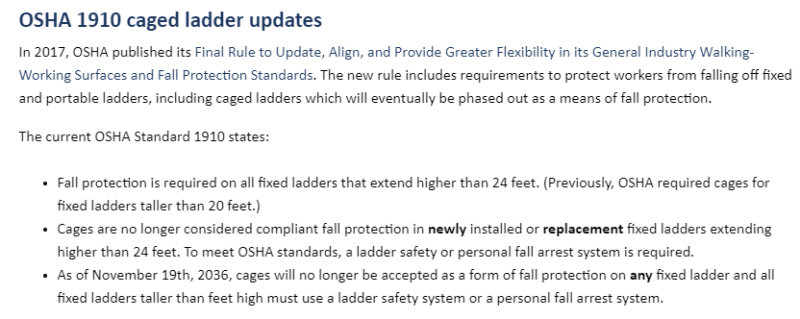BTStructural
Structural
Working a case where a forklift collided with an HSS column in a commercial warehouse for general merchandise (not government warehouse or super sensitive materials inside) and the roof came down. Is there an impact load that the columns need to be designed for in the IBC/ASCE 7? I don't know of one. What about a standard procedure or something for wrapping the columns with something that deforms to take the impact load? A reflective safety color at least?
Thank you!
Thank you!

